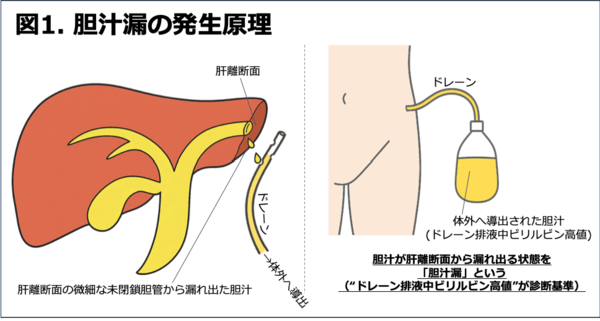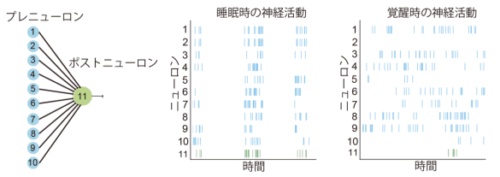2025-06-11 統計数理研究所

<関連情報>
肝切除後の胆汁漏検出における全身投与ICGの有用性:ヒストリカルコントロールを用いた前向き臨床試験 Systemic indocyanine green administration to detect bile leakage after liver surgery: A prospective clinical trial, using historical controls
Takehiko Hanaki,,Keisuke Goto,Naruo Tokuyasu,Yusuke Endo,Hiroshi Sunada,Hisashi Noma,Mikiya Kishino,Takuki Yagyu,Ei Uchinaka,Yuki Murakami,Kozo Miyatani,Kyoichi Kihara,Tomoyuki Matsunaga,Manabu Yamamoto,Teruhisa Sakamoto,Toshimichi Hasegawa,Yoshiyuki Fujiwara
BMJ Open published: June 10, 2025
DOI:10.1136/bmjopen-2024-097205
Abstract
Objective The aim of this study was to evaluate the clinical impact of intraoperative indocyanine green (ICG) assessment and subsequent interventions on the total bilirubin concentration in postoperative drainage fluid after hepatectomy. Specifically, this study was conducted to determine whether systemic ICG administration and near-infrared (NIR) imaging to detect and address bile leakage (BL) during liver surgery could improve postoperative outcomes in an intervention group compared with a historical control group.
Design This was a prospective clinical trial with historical controls that involved inverse probability of treatment weighting (IPTW) analysis to adjust for potential confounding biases resulting from nonrandomised treatment assignments.
Setting Tottori University Hospital, Japan.
Participants This study included 84 participants who were undergoing hepatectomy. Among these participants, 40 were prospectively enrolled in the intervention group. The remaining 44 participants underwent hepatectomy without ICG-based assessment or interventions and served as historical controls.
Intervention In the intervention group, 10 mg of ICG was intravenously administered before liver parenchymal dissection. After hepatic dissection, the resection plane was evaluated and treated as necessary via NIR imaging to detect and address BL.
Primary outcome measure The primary outcome measure was the total bilirubin concentration in the drainage fluid on postoperative day 3 (POD 3).
Results According to the IPTW analysis, the total bilirubin concentration in the drainage fluid on POD 3 was significantly lower in the intervention group than in the historical control group. The adjusted mean difference was -1.11 mg/dL (95% CI: -1.49 to -0.72; p<0.001). No adverse events or side effects related to ICG administration were reported in the intervention group, indicating both the efficacy and safety of this approach in reducing postoperative bilirubin levels.
Conclusions Intraoperative ICG administration and assessment effectively lower bilirubin levels in drainage fluid during hepatectomy, potentially reducing the incidence of BL.
Trial registration number jRCTs061210043.


